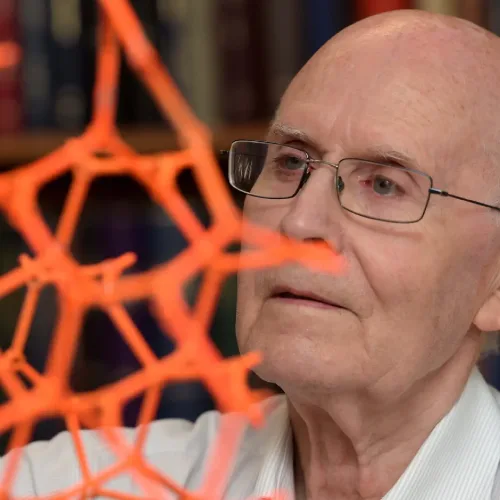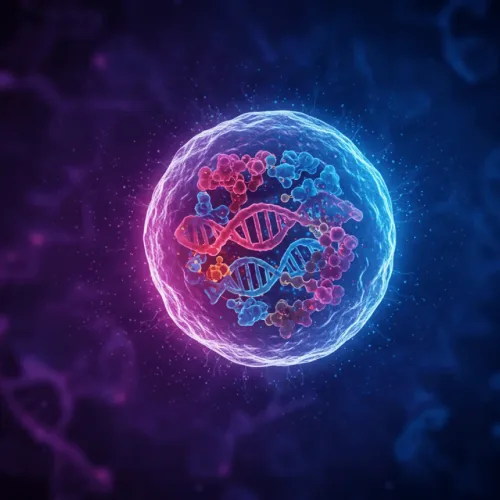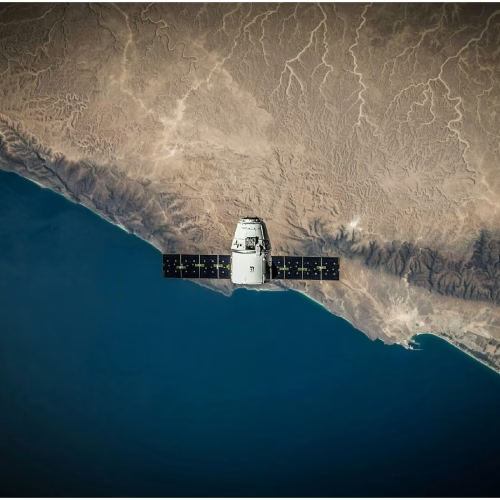Microscopic organisms called cyanobacteria, often called blue-green algae, have greatly influenced the Earth’s history. Microorganisms changed the planet’s atmosphere, oceans, and even forms of life. They were special because they could make oxygen from sunlight, which changed Earth’s air completely. This change made it possible for most life on Earth to exist. This blog focuses on their evolutionary journey and their impact on Earth’s environment.
The Origin of Cyanobacteria
Cyanobacteria are the oldest known life forms: they appeared in the violent world of Earth’s early history (2.7 billion years ago). The atmosphere in which they lived contained carbon dioxide and methane. The thing that made them different was their ability to perform photosynthesis, as they created oxygen as a waste product. But this unique feature helped them to survive and change Earth’s environment.
| Feature | Cyanobacteria |
|---|---|
| Emergence Timeline | Approximately 2.5 to 3.5 billion years ago |
| Key Capability | Photosynthesis and oxygen production |
| Initial Impact | Increased atmospheric oxygen levels |
The Great Oxygenation Event
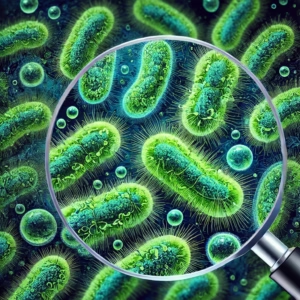
About 2.4 billion years ago, the cyanobacterial activity also triggered the Great Oxygenation Event (GOE). This was a turning point. Then, Earth’s climate changed from anaerobic to aerobic due to a buildup of oxygen in the atmosphere. This helped more complex life forms develop over time. At the same time, it posed a challenge to organisms that rely on environments without oxygen.
Impacts of GOE:
- Formation of the Ozone Layer: It was the presence of oxygen that created the ozone layer. This layer shielded Earth from dangerous ultraviolet radiation, ensuring the planet’s safety.
- Mass Extinctions: Anaerobic organisms faced extinction as oxygen levels rose.
- Diversification of Life: Aerobic conditions enabled new forms of life to flourish.
Cyanobacteria and Climate Regulation
This changes Earth’s climate, and these microorganisms had a big impact. They helped carbon dioxide reductions that led to global cooling by increasing oxygen. Rock evidence from the Proterozoic Age indicates that this cooling caused glaciation events. Cyanobacteria activity stabilized the planet’s temperature so it was habitable over time.
Biogeochemical Cycles
In many profound ways, cyanobacteria have shaped Earth’s biogeochemical cycles. But they were also important for fixing nitrogen, as they converted the nitrogen into a form that plants can use. Meanwhile, they played an equally important role in the carbon cycle. They absorbed carbon dioxide. Additionally, they provided it where needed. They served to make nutrients accessible and, thereby, support both marine and terrestrial ecosystems.
Formation of Stromatolites
Stromatolites, layered rock structures occurring today and in ancient environments, have been attributed to the action of cyanobacteria. These structures tell you something very valuable about early Earth conditions. In addition to disclosing past climates, they show that cyanobacteria have the capacity to engineer ecosystems.
| Aspect | Significance |
|---|---|
| Stromatolite Formation | Showcases cyanobacteria’s geological contributions |
| Indicators of Climate | Offers insights into past environmental conditions |
| Fossil Evidence | Helps trace early life’s evolution |
Modern Legacy of Cyanobacteria
Today, however, cyanobacteria are still influencing ecosystems. However, their modern presence isn’t always smooth sailing. When they happen, the harmful algal blooms created by cyanobacteria can harm aquatic ecosystems and human health. The good thing is that scientists put their potential to use in science and technology. And they apply this in biotechnology and in renewable energy. It is done by biofuels and by carbon capture.
If there is a journey to be had that’s got more questions than answers, it’s cyanobacteria’s. They are still figuring out exactly what their effects are on the evolution of the Earth. Knowing what their role is in the early climate allows researchers to compare their behavior with how they are acting now, during current environmental changes. Cyanobacteria may hold the key to future research into new ways to mitigate climate change.
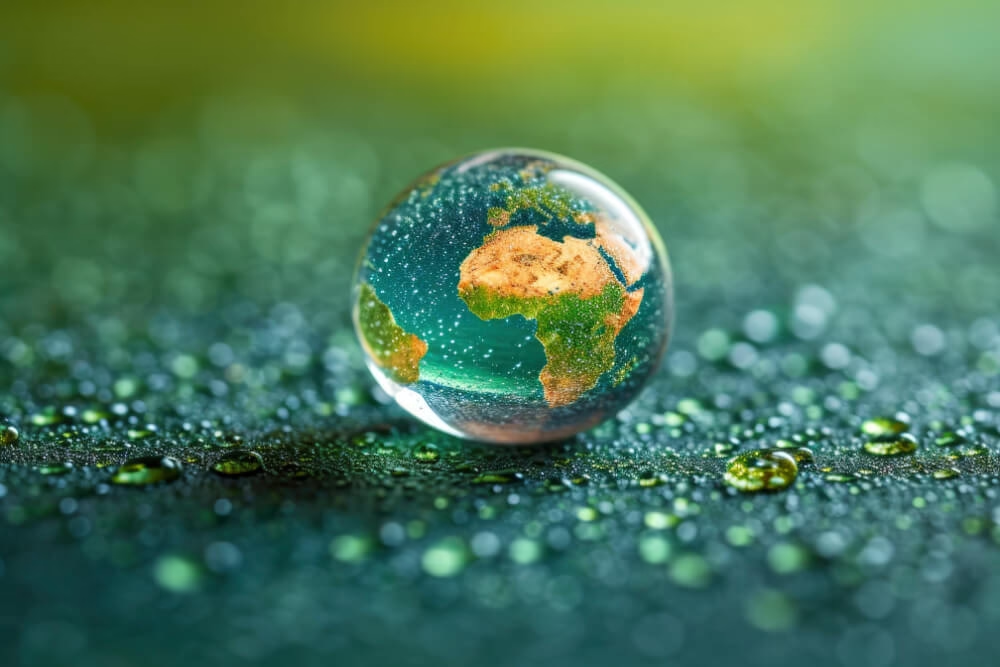
Lessons from Cyanobacteria
Their story tells us how cyanobacteria have shaped Earth. It also shows how we’ve changed them. Studying this is valuable. The real thing they emphasize is the link between life, climate, and geology. Nature reminds us of its power to create and sustain life by transforming the whole planet. Once, Albert Einstein said,
“Take a look at nature, and then you’ll understand everything.”
This approach is reminiscent of the cyanobacteria journey.
Key Takeaways in a List
- Cyanobacteria’s emergence changed Earth’s atmosphere.
- The Great Oxygenation Event introduced oxygen to the planet.
- They influenced global cooling by reducing greenhouse gases.
- Stromatolites provide evidence of their early activities.
- Cyanobacteria impact biogeochemical cycles and ecosystems.
- Modern research explores their potential in renewable energy.
Cyanobacteria are the story of resilience and change. And the contributions they make to shaping the Earth’s atmosphere and to how modern ecosystems work are enormous. It is just a reminder of the strength of the tiny organisms. These organisms greatly influence the ongoing world. Nature learned some lessons, and we must learn from them.


